Our heritage under threat Many years ago, I was working in Cappadocia in central Anatolia in Turkey on the early Christian and medieval Byzantine subterranean churches. Cappadocia is a site of enormous cultural and historical significance that not only carries the traces of several civilisations – Roman, Byzantine, Seljuk and Ottoman – it is also a place of great and unusual scenic beauty. Cappadocia lies at the heart of Byzantine monasticism. It is the legendary birthplace of numerous saints including St George; the place of martyrdom of St Longinus, the centurion who stood at the foot of Christ's cross; the birth place of some of the finest theologians of the Christian church, including St Gregory of Nazianzus and St Gregory of Nyssa; and the birth place of St Basil, the Father of Eastern monasticism and the author of one of the main liturgies of the Church. Within about 120 square kilometres lie the remains of about one thousand Byzantine churches, monasteries and secular buildings hewn out of the soft volcanic rock. One of the biggest threats to Byzantine Cappadocia was from vandalism, where local children would throw rocks at the painted images; their parents converted the churches into pigeon houses to collect the bird droppings as fertiliser for their crops, while others used them for cold storage for perishables, especially citrus crops. The major problem was that the locals saw the Byzantine churches as remains from an alien and even hostile culture, and I saw my role and that of my colleagues as to teach people that it was also their culture and their heritage. The locals did come on board and the place received World Heritage Listing and now this once-impoverished community sits on a goldmine of cultural tourism. The sites are zealously protected by the locals, and governments at all levels are involved in their conservation. Earlier this year I travelled for the first time to the Burrup Peninsula, which is part of the Dampier Archipelago that lies about 1200 kilometres north of Perth and reaches out into the Indian Ocean off West Australia’s Pilbara coast. The Burrup Peninsula (known in the local language as Murujuga – meaning ‘hip-bone sticking up’) contains the world’s richest collection of petroglyphs (images incised into stone). Archaeologists estimate about one million petroglyphs in the area and most of these date from about 40,000 BP through to 5,000 BP, although there are some from more recent times. In other words, they predate ancient Egyptian art by thousands of years and are older than most of the rock art of Europe. It is a place of great spiritual significance and beauty. It is certainly one of the most important centres for Australian art in the world and a key centre for rock art internationally. Sadly, not only is the Burrup Peninsula not on the World Heritage Register, but it is being vandalised by the Western Australian State Liberal Party government with Premier Colin Barnett at its head by allowing industry into this pristine environment. It is, however, on the National Trust of Australia Endangered Places Register and we have competing estimates on the number of petroglyphs already destroyed and the number currently under threat. On the Burrup Peninsula two tragic circumstances have converged. One is that it is the site of extensive industrialisation – both a huge gas plant and now an expanding fertiliser plant run by the international company Yara Pilbara – with acid rain falling on the ancient art. The second is that the site is regarded as of significance for Aboriginal culture. Of course it is but, much more than this, it is an immense cultural treasure house for all Australians. The short-sighted short-term gain from mineral exploitation comes at the expense of permanent long-term destruction of an asset that will bring billions of dollars in future cultural tourism. Sadly, while our culture is being destroyed, the Turnbull Federal Coalition government is too concerned with appeasing its friends in the West to stand up and protect Australian art. The evidence that Australia’s ancient culture has been destroyed in a wholesale manner and that this is an ongoing tragedy is irrefutable, although there can be an argument over the degree and rate of destruction.
It is very sad that Australia, in some ways, rates below Turkey when it comes to protecting our national heritage and Australian federal and state governments lack the backbone to rise and make a stand for the national good. I feel that there is a moral obligation on all Australians to value our heritage and it also certainly makes a lot of economic sense as in the long term there is much more money in cultural tourism than in digging up dirt. We have already lost much. How much more will we need to lose before we will stand up to government and big business and say enough is enough?
1 Comment
12/12/2016 08:39:52
As much as I agree with you, we are facing the same issue in the Blue Mountains where "environmental consultants", for the coal industries, use words such as "no cultural significance" in their reports. One of those reports would have been written on the Burrup Peninsula and one can wonder where the consultants got their degrees.
Reply
Your comment will be posted after it is approved.
Leave a Reply. |
GRISHIN'S ART BLOG
Sasha Grishin AM, FAHA is the author of more than 25 books on art, including Australian Art: A History, and has served as the art critic for The Canberra Times for forty years. He is an Emeritus Professor at the Australian National University, Canberra; Guest Curator at the National Gallery of Victoria, Melbourne; and Honorary Principal Fellow, Faculty of Arts, at the University of Melbourne. Archives
June 2024
Categories
Keep up-to-date with Sasha Grishin's blog with the RSS feed.
RSS offers ease of access and ensures your privacy, as you do not need to subscribe with an email address. Click here to download a free feed reader |


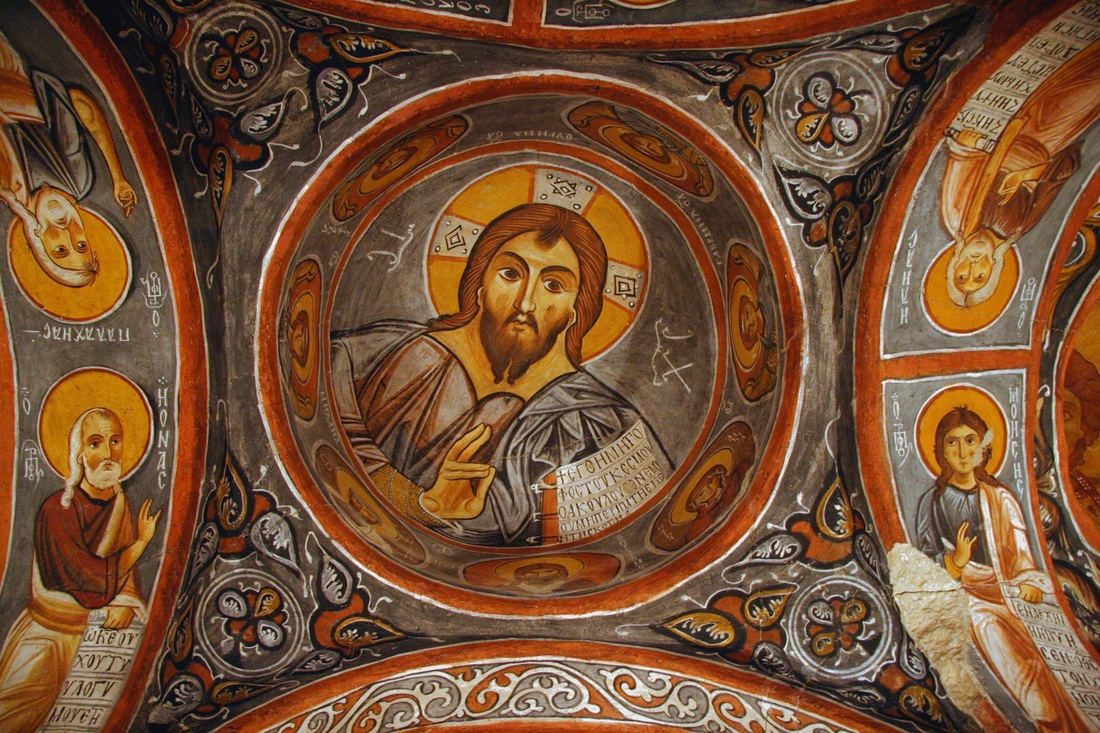
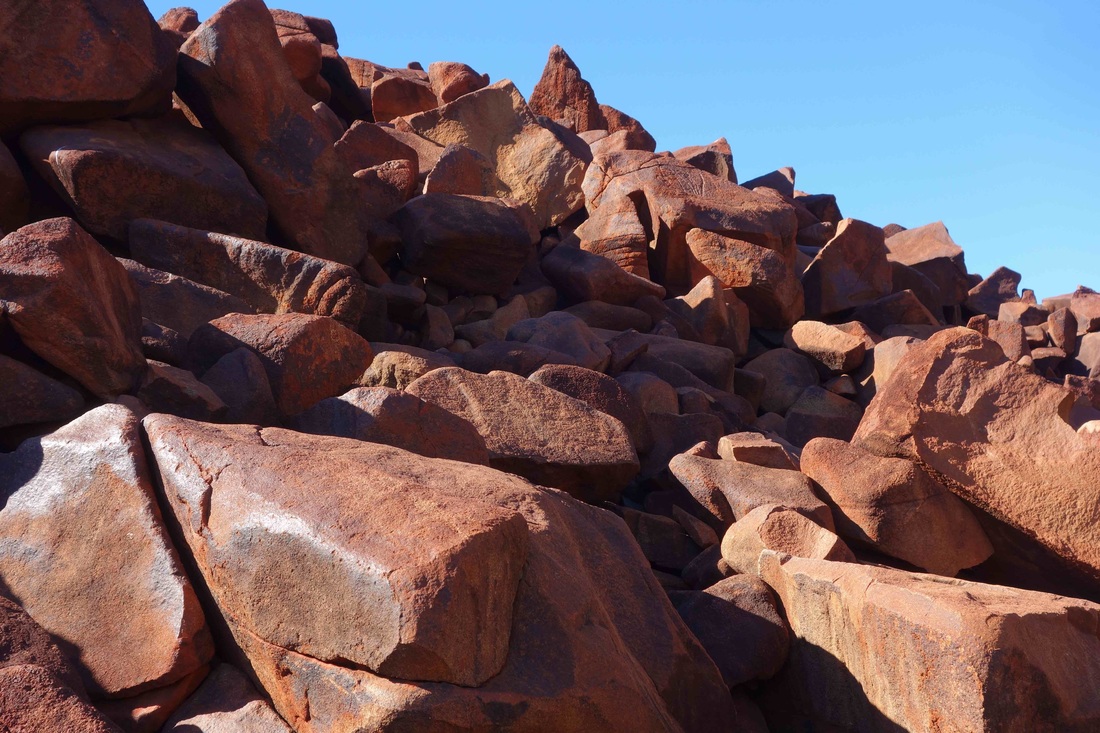
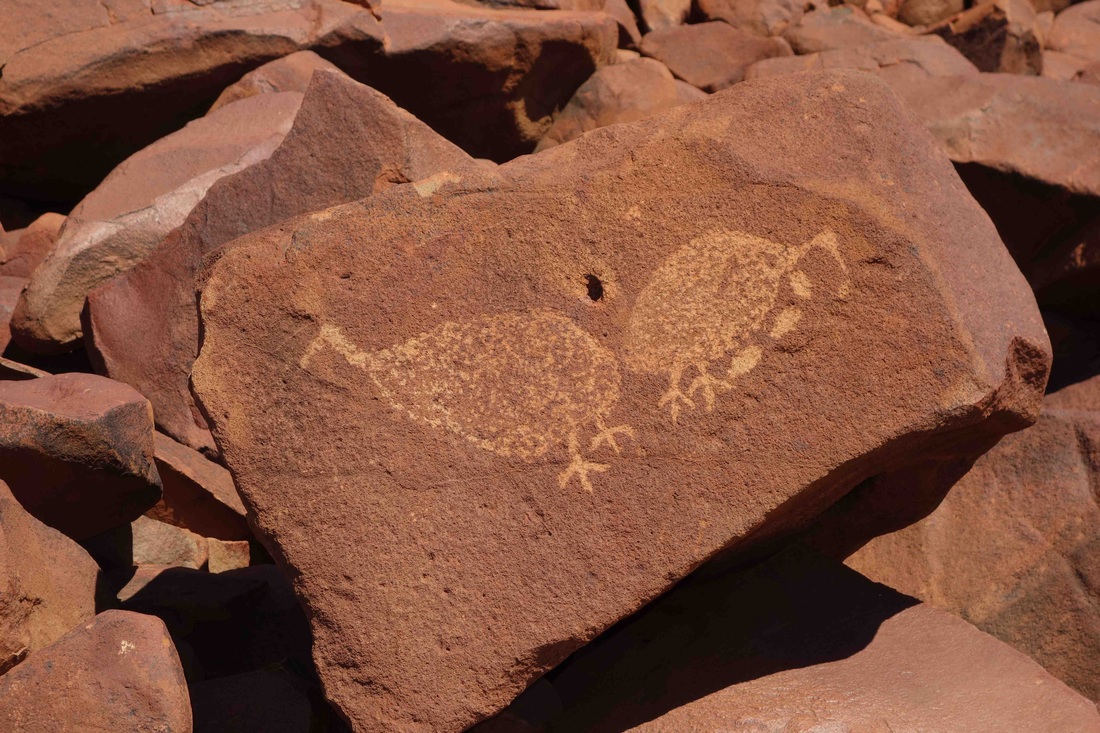
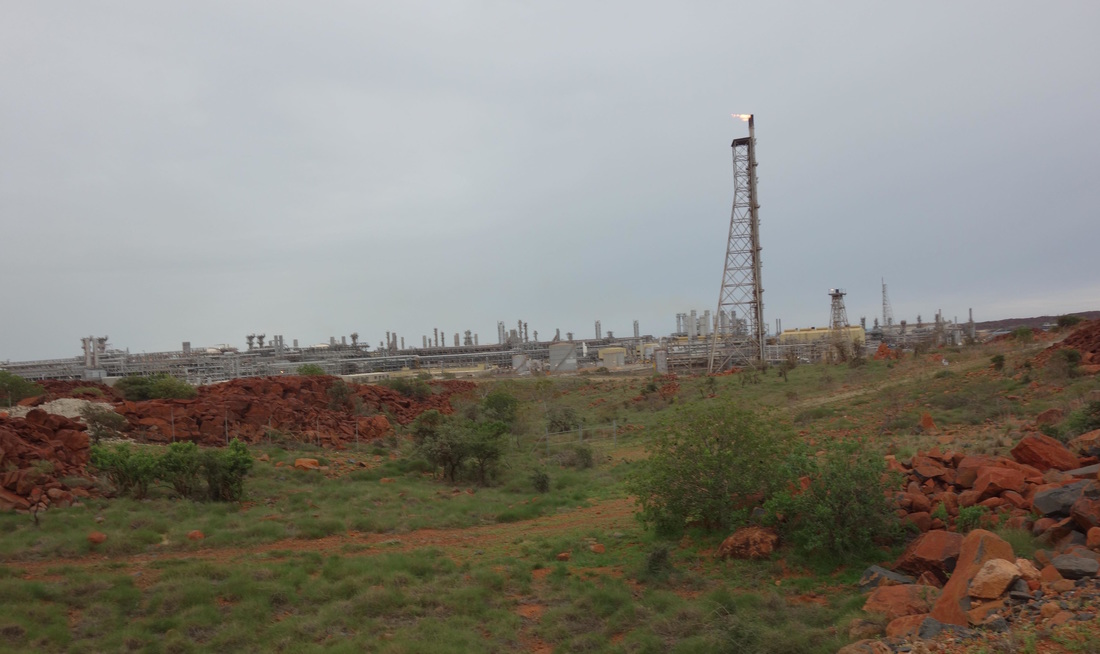
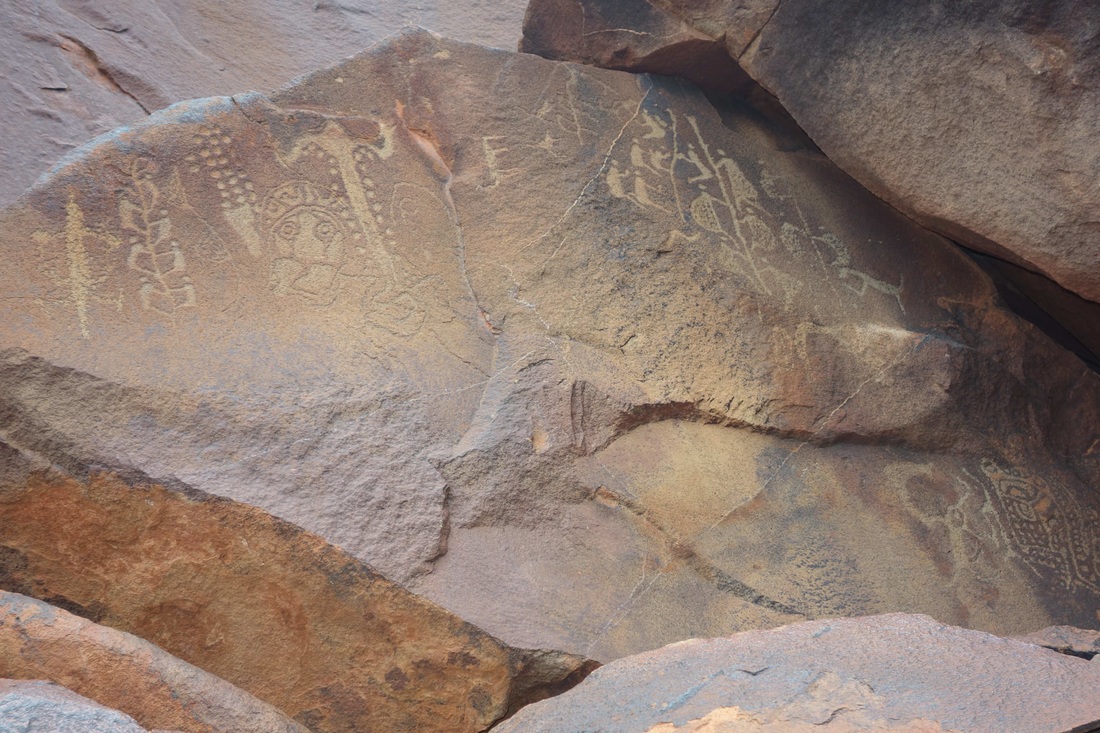
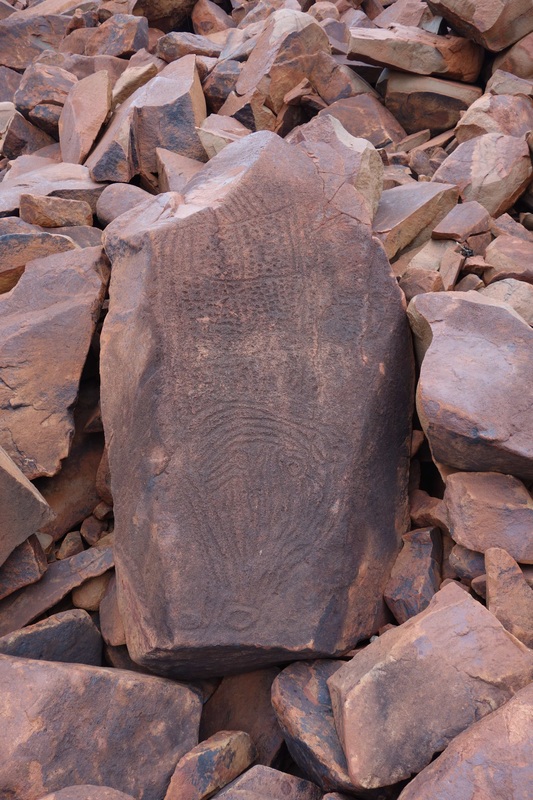
 RSS Feed
RSS Feed